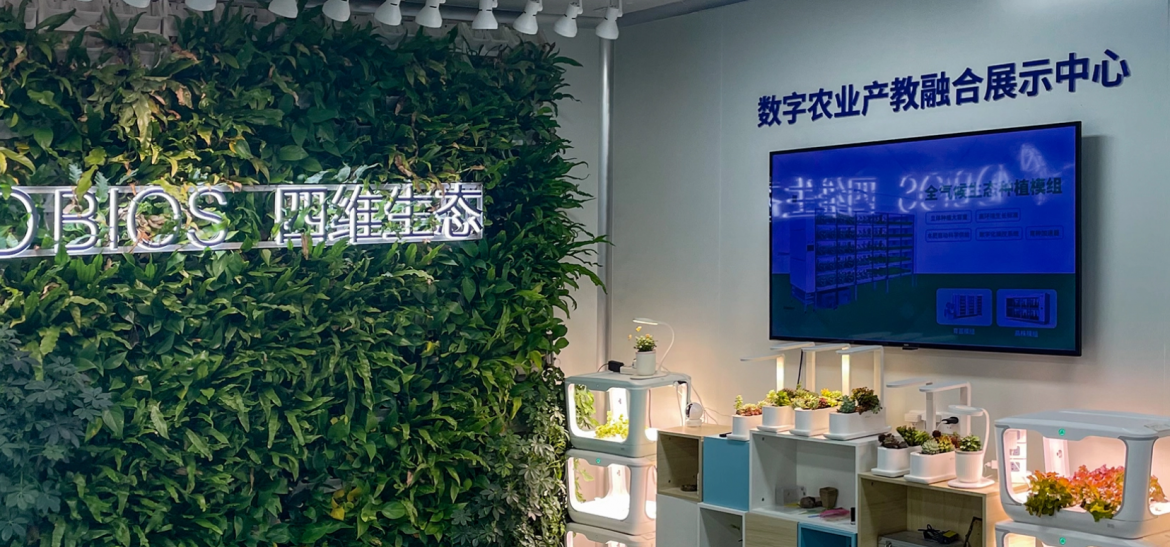The concept of urban farming is gaining attention across cities worldwide as a sustainable solution to feed growing urban populations. This approach focuses on producing fresh crops close to consumers while reducing transportation and environmental costs. For experienced agricultural investors and organizations, starting an urban farming program involves more than just setting up growing systems—it requires strategic planning, technological integration, and market alignment.
Planning the Foundation of a Modern Urban Farming Program
To begin a successful urban farming initiative, the first step is to identify the right infrastructure and location. Urban agricultural programs thrive in areas that support renewable energy use, efficient logistics, and community access. Many European cities, for example, have adopted sustainability frameworks that encourage vertical farming and green infrastructure development. Likewise, governments in the Middle East and North America are investing in smart agriculture projects to enhance local food production. A well-planned facility integrates environmental control, hydroponic or aeroponic systems, and energy-efficient lighting, forming the backbone of continuous crop cultivation in urban spaces.
Technology and Integration: Enhancing Efficiency and Scalability
Technology plays a central role in transforming urban farming from small-scale community projects to industrial-level operations. Companies like 4D Bios contribute to this progress through advanced plant factory solutions that combine automation, AI-based climate management, and optimized lighting systems. Their approach supports the creation of Digital Agriculture Industrial Parks—comprehensive hubs where agriculture meets technology and innovation. These parks enable large-scale, standardized crop production while integrating secondary and tertiary industries such as tourism and education. Through automation and precise environmental control, urban farms can maintain consistent output and resource efficiency throughout the year.
Implementation and Long-Term Growth Strategy
Once infrastructure and technology are in place, the next focus should be operational management and market expansion. Effective urban farming programs rely on skilled professionals who understand crop physiology, nutrient cycles, and controlled environment farming. Training, monitoring, and data-driven decision-making are essential to achieving stable yields. In regions like Australia and Singapore, where space is limited, vertical farming models have shown potential for both commercial success and environmental resilience. Expanding these programs across multiple urban centers helps strengthen local supply chains and reduce dependency on imported produce.
Conclusion: 4D Bios Empowering the Future of Urban Agriculture
The future of sustainable city development depends on scalable, efficient, and technology-driven agriculture systems. 4D Bios continues to support this transformation by offering comprehensive plant factory solutions that integrate automation, LED plant lighting, and AI-controlled growing environments. Their expertise extends to large-scale digital agriculture parks, serving as a model for Agriculture 4.0 worldwide. Through these innovations, they help experienced growers and organizations establish reliable, high-performance urban farming systems that contribute to global food security and sustainable urban living.
